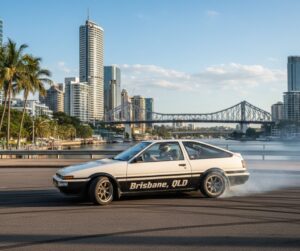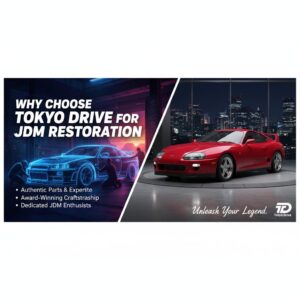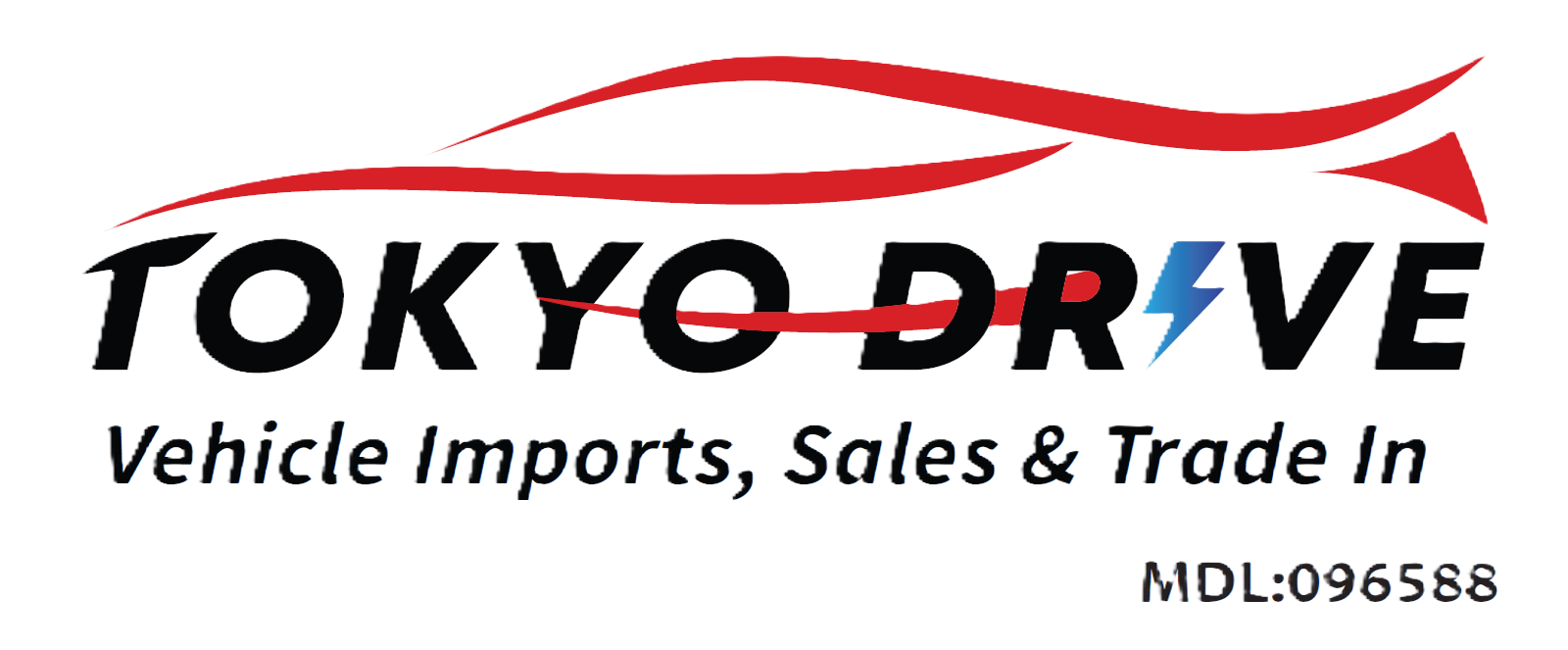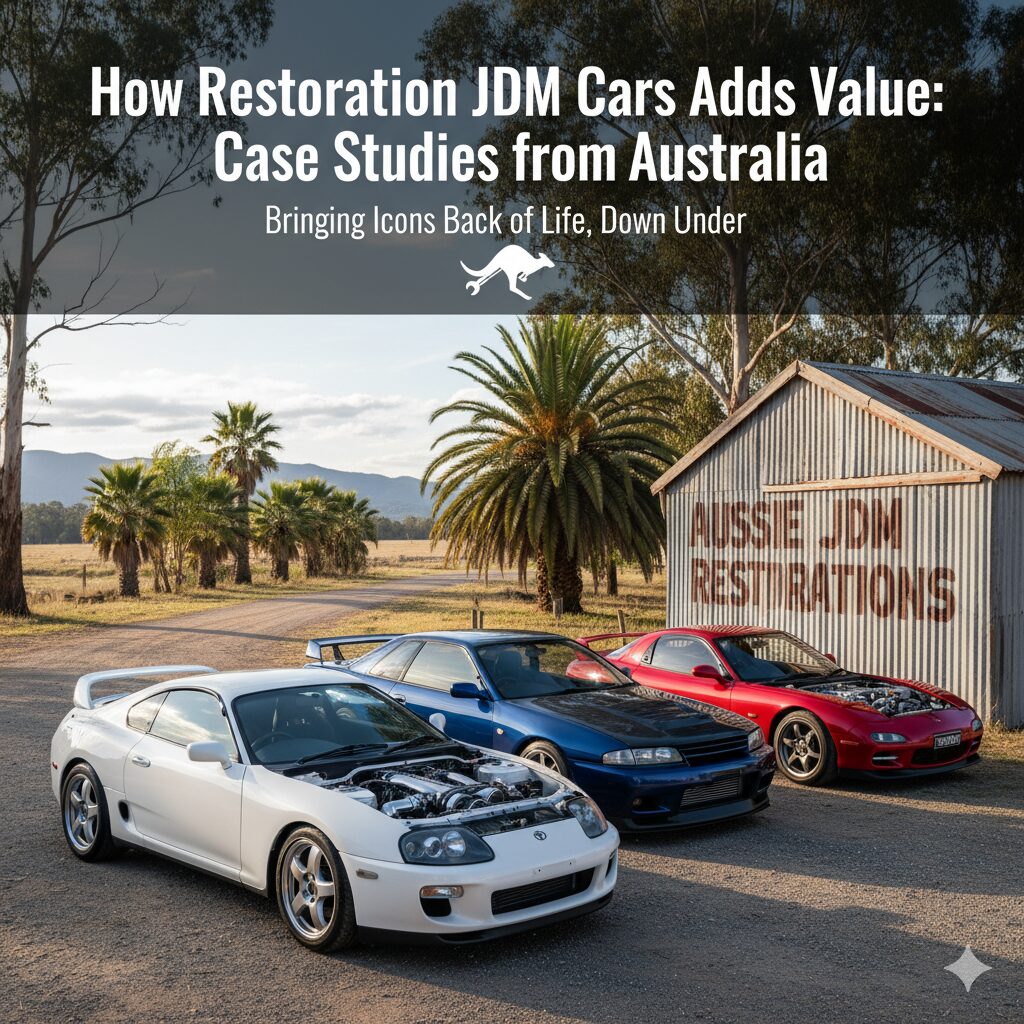The love for JDM (Japanese Domestic Market) cars has never been stronger in Australia. From the roaring sound of an R34 Skyline to the sleek curves of a Mazda RX-7, these Japanese legends have found a passionate following among collectors, tuners, and everyday enthusiasts alike.
But here’s a truth that every JDM lover eventually discovers — it’s not just about owning a rare model; it’s about restoring it to perfection. In this blog, we’ll explore how restoration adds real-world value to JDM cars and share Australian case studies that prove why restoration isn’t just an expense — it’s an investment.
1. The Emotional and Financial Value of JDM Restorations
For true enthusiasts, a JDM restoration is a labor of love. Every nut, bolt, and paint layer tells a story — not just of Japanese engineering excellence, but of personal connection and craftsmanship. Yet beyond passion, there’s a tangible financial upside to doing it right.
A well-restored JDM car can:
-
Appreciate in value faster than a stock or neglected import
-
Gain collector attention from global buyers
-
Achieve eligibility for classic registration or car shows
-
Perform better on Australian roads due to upgraded compliance and tuning
With limited supply of clean JDM models from Japan, restoration in Australia has become the new gold rush — a chance to revive rare models that can no longer be imported easily or cheaply.
2. Why Restoration Adds Market Value
The JDM market has matured. Buyers now look for vehicles with:
-
Verified restoration history
-
Authentic OEM parts
-
Quality paintwork and rust-free bodywork
-
Modernized interiors without losing vintage charm
When a car undergoes professional restoration — especially through specialists like Tokyo Drive’s partner workshops — it becomes more than just roadworthy; it becomes investment-grade.
A restored vehicle can command 30%–80% higher resale value than its unrestored counterpart. The difference often comes down to authenticity, craftsmanship, and documentation.
3. Case Study #1: Nissan Skyline R32 GT-R – Sydney, NSW
Owner: James P.
Imported by: Tokyo Drive (2019)
Condition: Running but rusted underbody and faded paint
Restoration time: 10 months
When James imported his dream R32 GT-R through Tokyo Drive, the car was mechanically sound but had visible corrosion and a worn interior. Together, we coordinated a full restoration plan including:
-
Underbody rust treatment and chassis coating
-
OEM paint respray in original Gunmetal Grey
-
Interior retrim using authentic Japanese materials
-
ECU remap for Australian fuel
Total cost: ~$18,000
Appraised value post-restoration: ~$55,000
Not only did James preserve one of Japan’s most iconic performance cars, but he also tripled the car’s market value within a few years — while keeping it fully ADR-compliant for Australian roads.
4. Case Study #2: Mazda RX-7 FD3S – Melbourne, VIC
Owner: Lara T.
Imported by: Tokyo Drive (2021)
Condition: Engine seized, exterior faded, neglected rotary
Restoration focus: Engine rebuild & aesthetic restoration
Rotary engines demand precision — and Lara’s FD3S was a prime example. Our partnered workshop performed a complete rotary rebuild, new apex seals, cooling upgrades, and a fresh coat of Velocity Red.
Lara also opted for:
-
Lightweight Volk Racing wheels
-
Upgraded coilovers
-
New dash cluster and JDM steering wheel
Restoration cost: ~$25,000
Current valuation: ~$70,000
Today, her RX-7 is a show-ready collectible and regularly featured at Australian car meets. What was once a worn-out shell became a piece of Japanese art — and a strong financial asset.
5. Case Study #3: Toyota AE86 Trueno – Brisbane, QLD
Owner: Chris W.
Condition on arrival: Rusted, non-running, missing interior parts
Restoration time: 14 months
Chris’s AE86 — the “Hachiroku” made famous by Initial D — arrived in poor condition but was structurally intact. Sourcing genuine parts was a challenge, but Tokyo Drive’s network in Japan helped track down authentic OEM bumpers, fog lamps, and trim panels.
The restoration included:
-
Full rust repair and respray in Panda Black & White
-
Rebuilt 4A-GE engine with original spec tuning
-
Refurbished OEM wheels and interior restoration
Restoration cost: ~$20,000
Estimated market value post-restoration: ~$60,000+
Chris’s AE86 went from forgotten project to collector-grade classic, proving how restoration can elevate not just value but historical importance.

6. The Restoration Process – Step by Step
At Tokyo Drive, every restoration follows a detailed and transparent process designed to maintain authenticity while improving performance and safety:
-
Initial Assessment: Full mechanical and structural inspection upon arrival.
-
Parts Sourcing: Genuine OEM and high-quality aftermarket parts sourced from Japan.
-
Mechanical Overhaul: Engine, gearbox, suspension, and electrical repairs.
-
Body & Paint: Rust removal, panel alignment, and professional repainting.
-
Interior Restoration: Replacing worn materials while preserving originality.
-
Compliance & Testing: Ensuring the vehicle meets Australian Design Rules (ADR).
-
Valuation & Certification: Professional appraisal to verify increased market value.
By combining Japanese authenticity with Australian compliance, restoration doesn’t just revive the car — it builds trust with buyers and insurers.
7. Restoration as an Investment Strategy
More collectors are treating JDM restoration as a smart investment rather than a hobby. Classic models such as:
-
Honda NSX (1990–2005)
-
Toyota Supra Mk4
-
Nissan Silvia S15
-
Mitsubishi Lancer Evo VI–IX
are becoming blue-chip collectibles, much like European classics a decade ago.
The key to strong returns? Proper restoration documentation — photos, invoices, part certifications, and expert appraisals. Buyers are willing to pay premium prices when a car’s history is transparent and verifiable.
8. Why Choose Tokyo Drive for JDM Restoration
At Tokyo Drive, we go beyond import services. We provide:
-
Restoration planning & budgeting before you even buy
-
Access to Japan’s OEM part suppliers
-
Partnerships with trusted Australian workshops
-
Full documentation for resale and valuation
Whether it’s a complete ground-up rebuild or a mild refresh, we ensure that every restoration aligns with Japanese heritage, Australian regulations, and your personal vision.

9. Conclusion: Restoring History, Creating Value
Restoring a JDM car isn’t just about fixing dents and replacing parts — it’s about reviving history. Each car tells a story of Japan’s golden era of engineering, and with the right care, it can continue that story on Australian roads.
From the Skyline to the Supra, every project we’ve touched at Tokyo Drive reinforces one truth:
“A restored JDM car doesn’t just regain its value — it earns new respect.”
In 2025 and beyond, restoration will remain the key to preserving Japan’s automotive legacy — and the smartest way to build long-term value in your collection.


